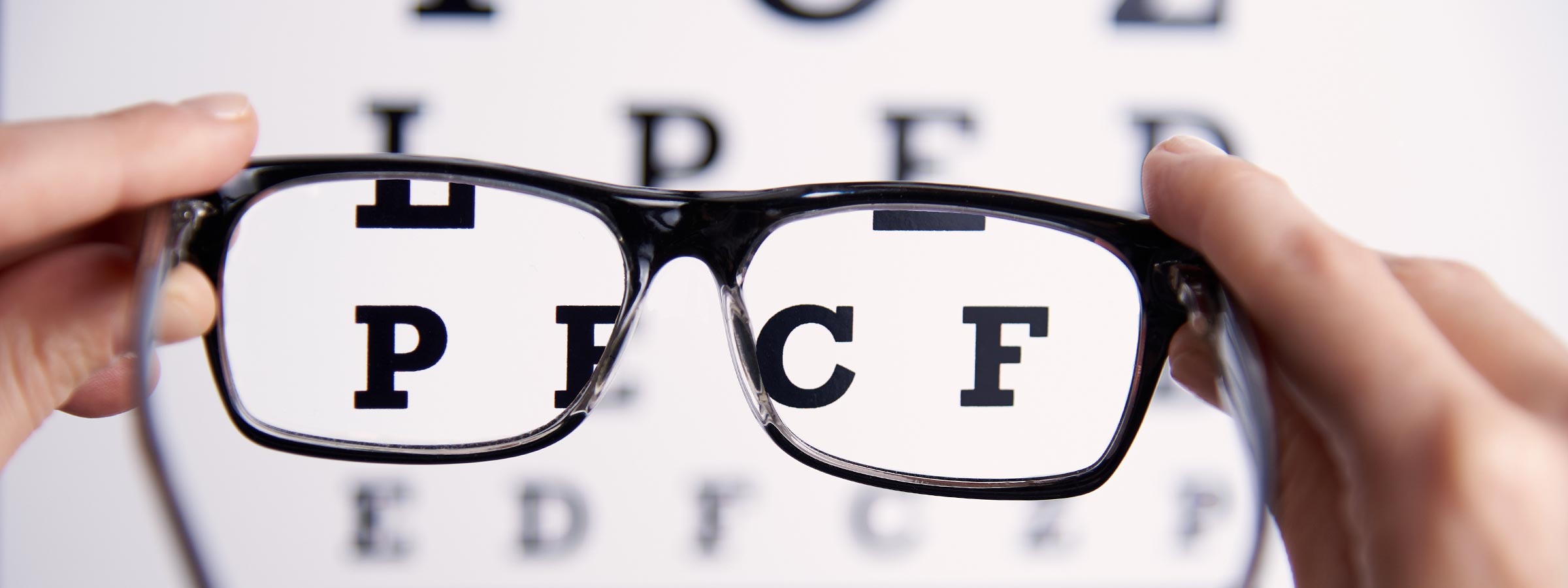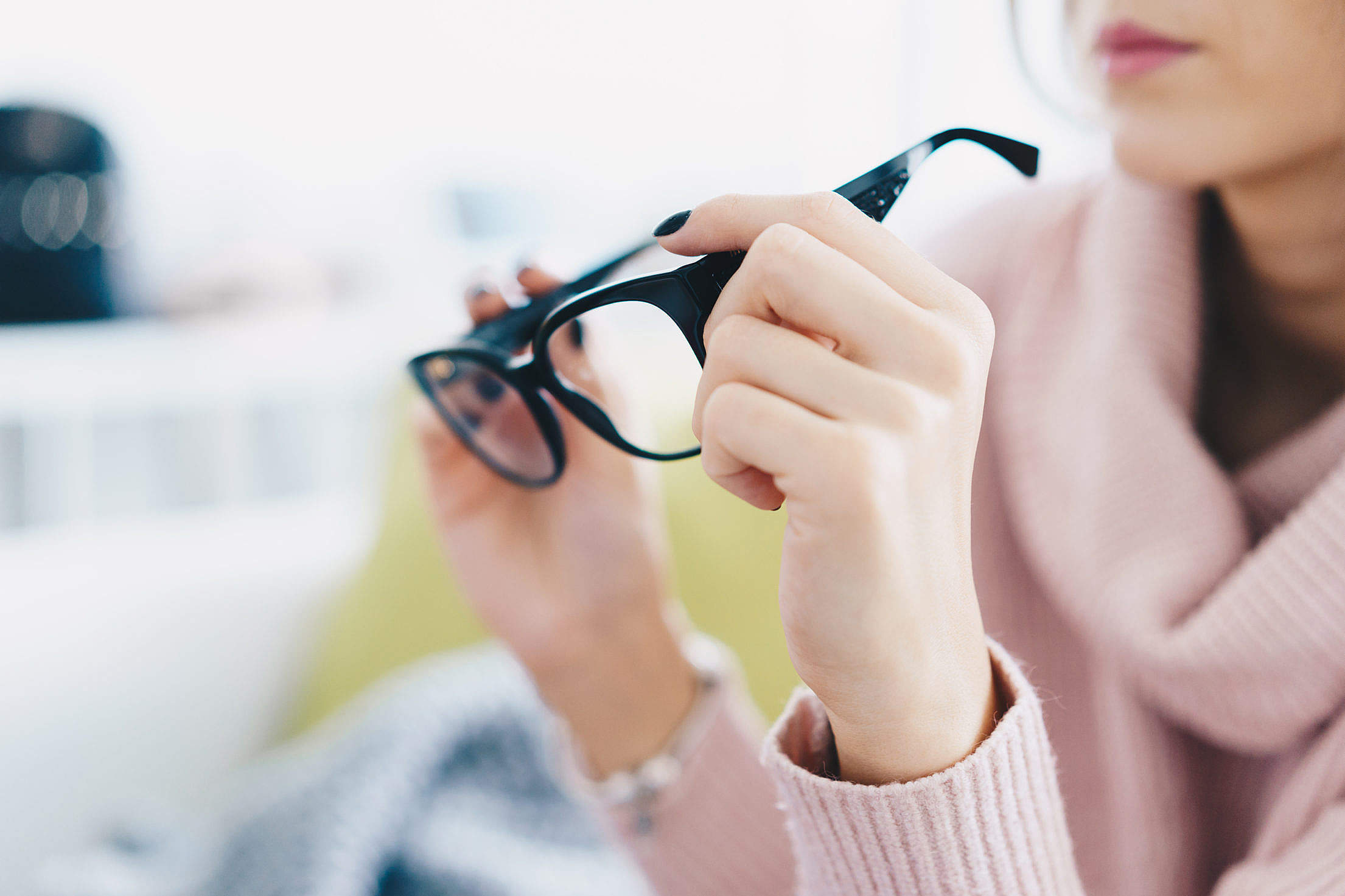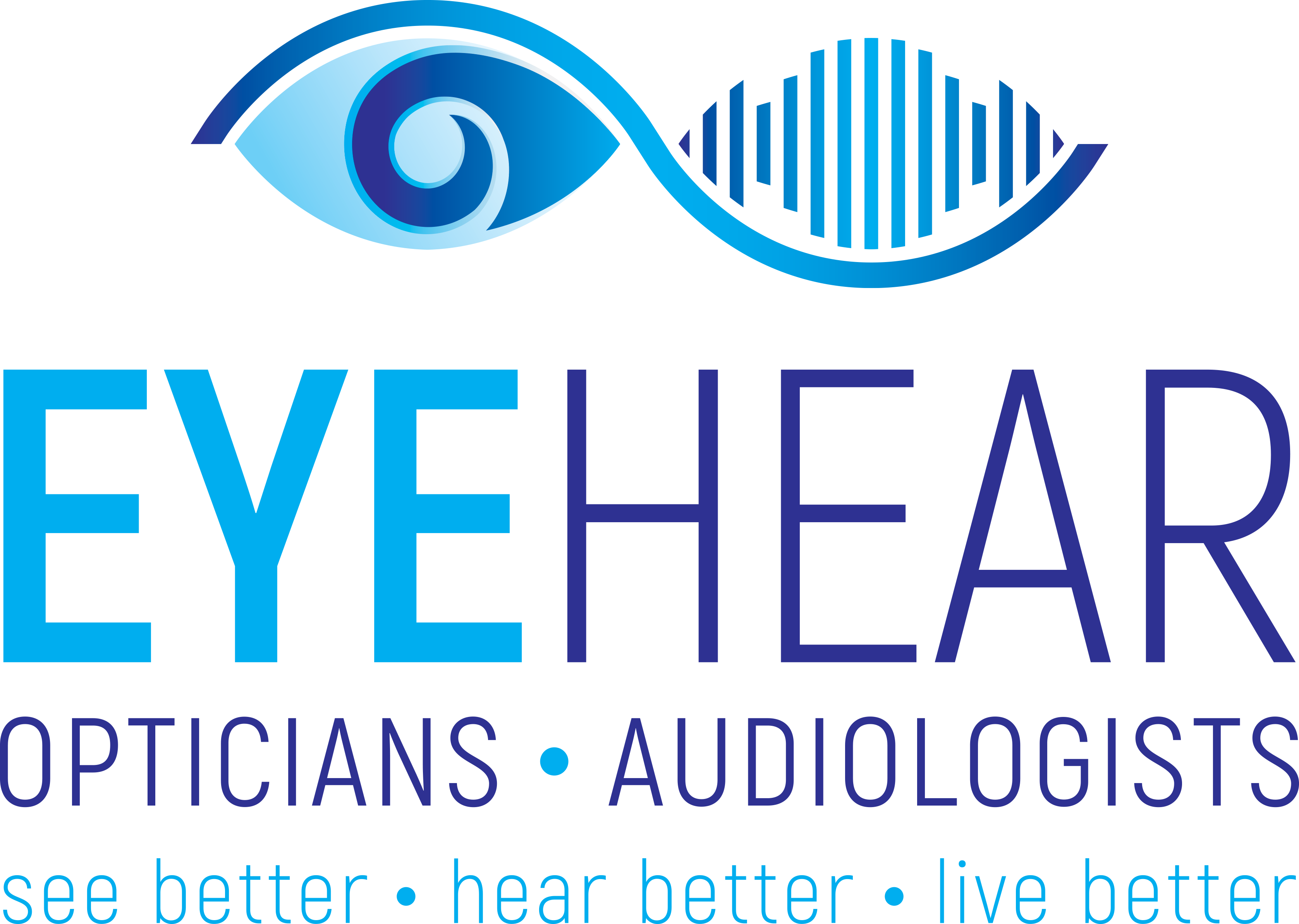It may seem as though all you need to do in an eye exam is read letters on the chart. To ensure the exam is best tailored to you, here are a few things you can prepare:
What are your concerns?
Raise any specific concerns you have at the start of the eye exam so that we can tailor the exam to you. Capture any concerns and questions on a small piece of paper or your mobile device so you can remember them.
What to bring:
Your most recent spectacles, or a packet of your contact lenses. Bring your most recent glasses. If you are a contact lens wearer, also bring the packet in which your contact lenses were enclosed. To ensure that the change or update in prescription will not cause dizziness or discomfort, most glasses prescribed by your optometrist are based on what you have been used to wearing before. There are exceptions to the rule, including lost spectacles, recent refractive surgeries, or recent-onset discomfort with your usual spectacles/contact lenses.
Any eye drops you have been using: This is especially the case if your eye(s) are red, uncomfortable or in pain.

Dilation or no dilation?
A dilated eye examination enables us to check the peripheral areas inside your eyes for any abnormalities. This is recommended as part of a routine eye exam, especially if you are over 60; if you are highly myopic (short sighted); or if you have never had such an eye exam before.
If you would like to have a dilated eye exam or if we have recommended one, eye drops are required to dilate the pupils, and take 30-40 minutes to work. Alternatively, if you are rushed for the day and a dilated eye test is not urgently required, you can reschedule the dilation some time in the future.
To prepare:
-
If you have never had a dilated eye exam before, let your optometrist know whether you have had any allergies to eye drops in the past.
-
Organise someone to drive you to your eye exam, or take public transport on the day, as it is not recommended for you to drive after the test for about 4-6 hours.
-
Bring sunglasses to reduce glare after the test.
-
Expect your near vision to be blurry afterwards. Your distance vision may also be blurry. These should be restored back to normal near the end of the day, or by the next morning.

What to Expect?
Allow enough time for your eye test, considering your parking and other appointments on the day.
Here are some considerations:
-
An eye exam takes about 15-30 minutes, depending on your eyes. In special circumstances, the exam may take longer, for example if you speak a language second to English and require a family member to translate for you.
-
If you need to have a dilated eye exam on the same day, the test will take an additional 30-45 minutes.
-
Contact lens fittings take about 1 hour for new contact lens wearers (and half an hour for existing contact lens wearers) if trial lenses are available in your prescription on the day. If your prescription is more unique, trial contact lenses will need to be ordered in, and a follow-up appointment is needed to fit the contact lenses when they arrive.
Having a routine eye test every one or two years is recommended, even in the absence of symptoms, to ensure optimal health for your eyes.
